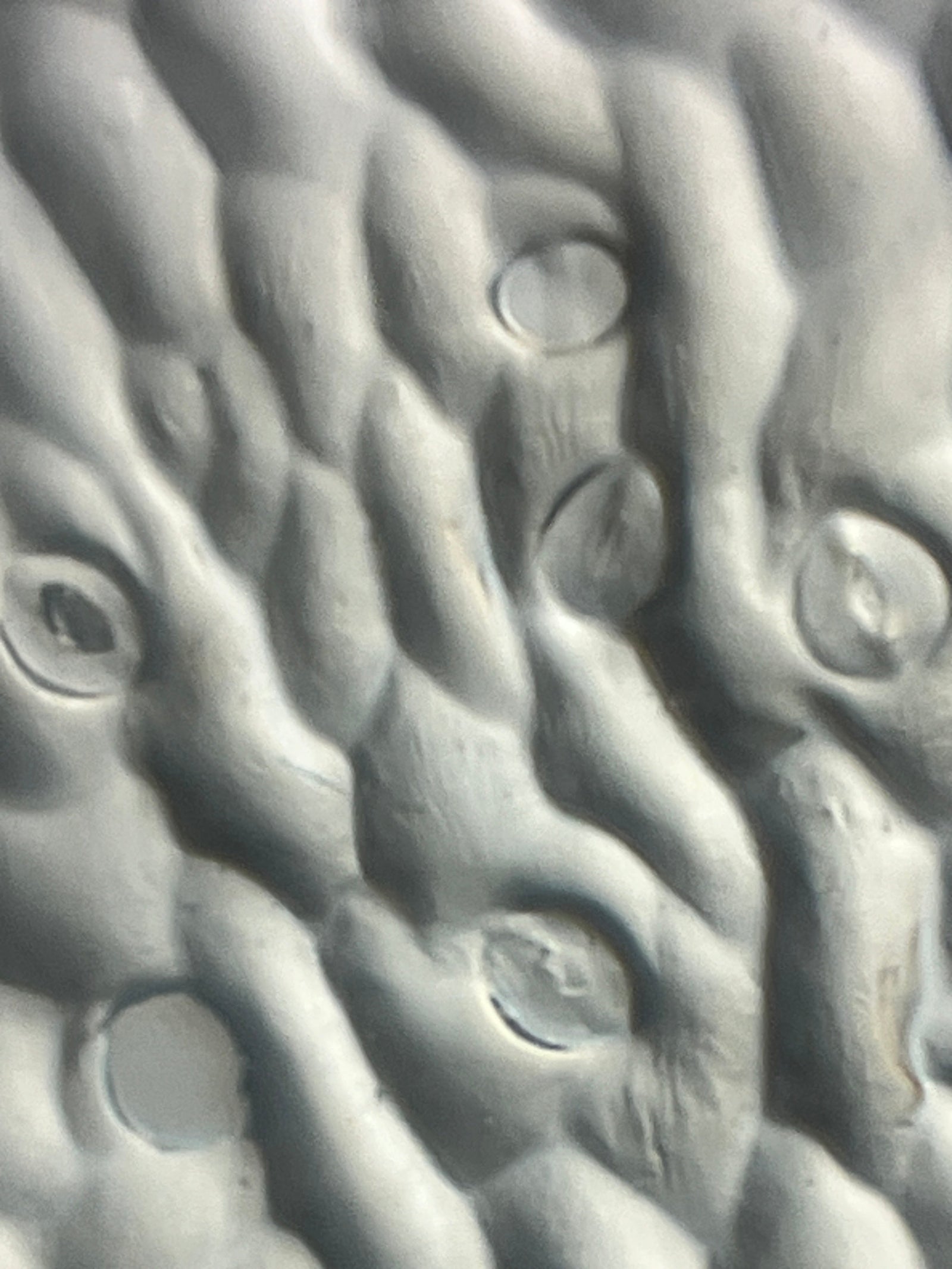Question:
What are owls eating at night?

Owl pellet dissections are a great way to give students an opportunity to do the actual work of scientists. They will learn how to dissect, sort, and identify the different things they find in the pellet. Students will make careful observations and build models by reconstructing the skeletons of animals they find in the pellet. And, with a Foldscope 2.0, students can reveal the microscopic secrets hidden inside of an owl pellet.
Read on to learn how you can use a classroom set of Foldscope 2.0s to let your students discover the science and beauty of owl pellets!

Background:
Owl pellets are the regurgitated bones, fur, feathers, and exoskeletons of the prey that an owl cannot digest. Owls swallow their food whole and then spend about six hours digesting the soft body parts of their prey. When everything that can be digested has been broken down, the owl will regurgitate the indigestible remains as an owl pellet. Owls typically produce one or two pellets a night.
Ornithologists (scientists who study birds) will carefully pick through the owl pellets and reconstruct the skeletons of the animals eaten by the owl. Owl pellets are valuable to scientists because they reveal what types of owls and prey species are living in particular areas.

Materials/Procedure:
Owl pellets can be found in the wild or purchased from a science supply company. Always wash your hands after working with owl pellets.
- Materials:
- Science notebook
- Pen/pencil
- Foldscope 2.0 Classroom Kit
- Glass slides or Trading Cards
- Clear stickers
- Tweezers
- Teasing needles
- Hand lens
- Owl pellets
- Tray for dissection

Procedure:
- Place the owl pellet on the tray.
- Use the tweezers and teasing needles to separate the bones from the fur.
- If you have multiple types of fur, put them in separate piles.

- Use the hand lens to separate the bones into similar piles (skulls, jaws, teeth, humerus, tibia, ribs, vertebrate, etc.)
- Can you determine how many different animals are in the owl pellet? What is your evidence?
- Create whole mount slides with the bones, fur, whiskers, exoskeletons, etc. that you found.
- Place the object on a slide.
- Secure it in place with a clear sticker.
- View the sample under your Foldscope 2.0.
- Try different lighting techniques with the 2.0 light module for the opaque bones. This will allow you to see microscopic details on the bones even without light passing through the sample.
- Use the details you are able to see under the Foldscope to better sort the bones and fur of the animal that the owl preyed upon.
- Put together the skeleton of the animal(s) that were in your owl pellet. Can you identify the type of animal in your owl pellet? Do you have all of the bones to complete the skeleton? Why or why not?

What did you learn about the eating habits of owls? What do owl pellets help you to understand about digestion and where nutrients can be found in the body?
Real World Scientist:
Gretchen Anderson serves as the Conservator at the Carnegie Museum of Natural History in Pittsburgh, PA. This means she maintains and creates displays and dioramas representing animals in their natural environments. Anderson’s degree in Anthropology and Art History from the University of Minnesota helps to provide her with the skills needed to determine how to arrange and protect the displays at the museum. Do you think that the owl pellet dissection you performed would provide enough information to create a display showing an owl and its prey in their natural habitat?
Real World Artist:
Jennifer Ackerman is a best selling author who graduated from Yale with a BA in English. Ackerman is a science author and enjoys writing about the phenomenon that she observes in the natural world. She has written several books about birds (and one about owls!) where she describes their intelligence. Ackerman uses her background in literature to bring storytelling into her books. The art of storytelling draws people in to make them care more about the science topics that she writes about. Did you learn anything during your dissection and observations that Ackerman could include in her next book?

Extension:
This blog ties together the three dimensional framework of the NGSS. It covers the Disciplinary Core Idea of Life Science. Students will see the Crosscutting Concept of Energy and Matter. This activity is also a way for students to deepen their understanding of the Science and Engineering Practice of Develop and Use Models.

However, this exploratory activity can go beyond the science classroom. Join forces with:
- a Social Studies teacher to create maps showing the territory of owls to compare and contrast with human made boundaries,
- a Math teacher to create histograms of the frequency of occurrence of prey animals, bone types, etc. found in the owl pellets,
- an ELA teacher to write a story from the perspective of the owl or the prey,
- and a related arts teacher to create a diorama of the owl’s hunting territory using the element of space to emphasize either the perspective of predator or prey!

Connect:
Share your observations, discoveries, pictures, and interdisciplinary extension activities with the Foldscope community. Submitting your Foldscope images related to owl pellets to the Microcosmos will help build up a strong scientific database that can help support new and innovative scientific research!
Sources:
https://www.scienceworld.ca/resource/owl-pellet-dissection/
https://www.audubon.org/news/what-owl-pellet
https://www.barnowltrust.org.uk/barn-owl-facts/barn-owl-pellet-analysis/
https://www.barnowltrust.org.uk/wp-content/uploads/Science-Pellets.pdf



